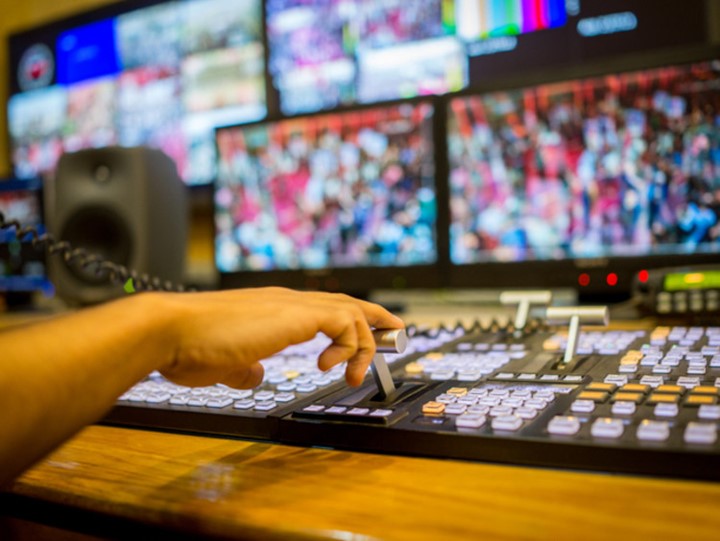Illuminating the Impact of Illumination Methods on the Art of Film Projection Mapping
Illuminating the Impact of Illumination Methods on the Art of Film Projection Mapping
Blog Article
Motion mapping projection is an exciting creative medium that combines technology and innovation to transform common spaces into extraordinary visual exhibits. This technique entails projecting images and footage onto three-dimensional elements, such as structures, sculptures, or stages. One of the key significant elements in producing successful projection in the use of effective illumination methods. Proper illumination enhances the visual elements of the display and ensures that the images are crisp and engaging. This piece explores the impact of illumination techniques on motion projection and how they can enhance the overall experience.
Lighting plays a vital role in video mapping because it establishes the mood and tone of the exhibit. Different lighting techniques can evoke various emotions and responses from the audience. For instance, using soft, cozy illumination can create a welcoming environment, while bright, cold illumination may produce a more energetic or intense impact. By thoughtfully selecting light hues and intensities, creators can influence how audience perceive the projected visuals, leading to a more engaging encounter. The balance between mapping luminance and surrounding illumination is crucial, as it can significantly impact the visibility click and impact of the images.
In addition to, hue and brightness, the angle of light also influences the efficacy of projection. Illumination from different directions can generate contrast and highlights that introduce depth to the mapped visuals. This method, known as light and shadow, can enhance the 3D quality of the subjects being projected. Furthermore, using moving illumination can add energy to the exhibit, making the experience more engaging for the audience. When the illumination interacts with the mapped images, it can create an illusion of movement and change, grabbing the audience's attention.
Another essential aspect of lighting in projection in the use of unique features. Methods such as patterned illumination, which uses shapes and forms to project light, can add texture and complexity to the projections. This method allows artists to superimpose visuals and produce aesthetically captivating results that enhance the mapping. Moreover, incorporating lasers or LED illumination can additionally improve the exhibit, offering a distinct blend of sight components that attract the audience in. These unique features, when used thoughtfully, can transform the projection beyond a basic show to an engaging work of art.
In additional resources summary, the impact of lighting techniques on video projection is profound. By understanding how various lighting elements connect with projected visuals, artists can create enthralling encounters that resonate with audience. The careful choosing of hue, brightness, direction, and special features enables for a rich tapestry of visual narrative. As tech advances to evolve, the options for artistic expression in projection will only expand, making illumination an ever-important component in this progressive creative form.